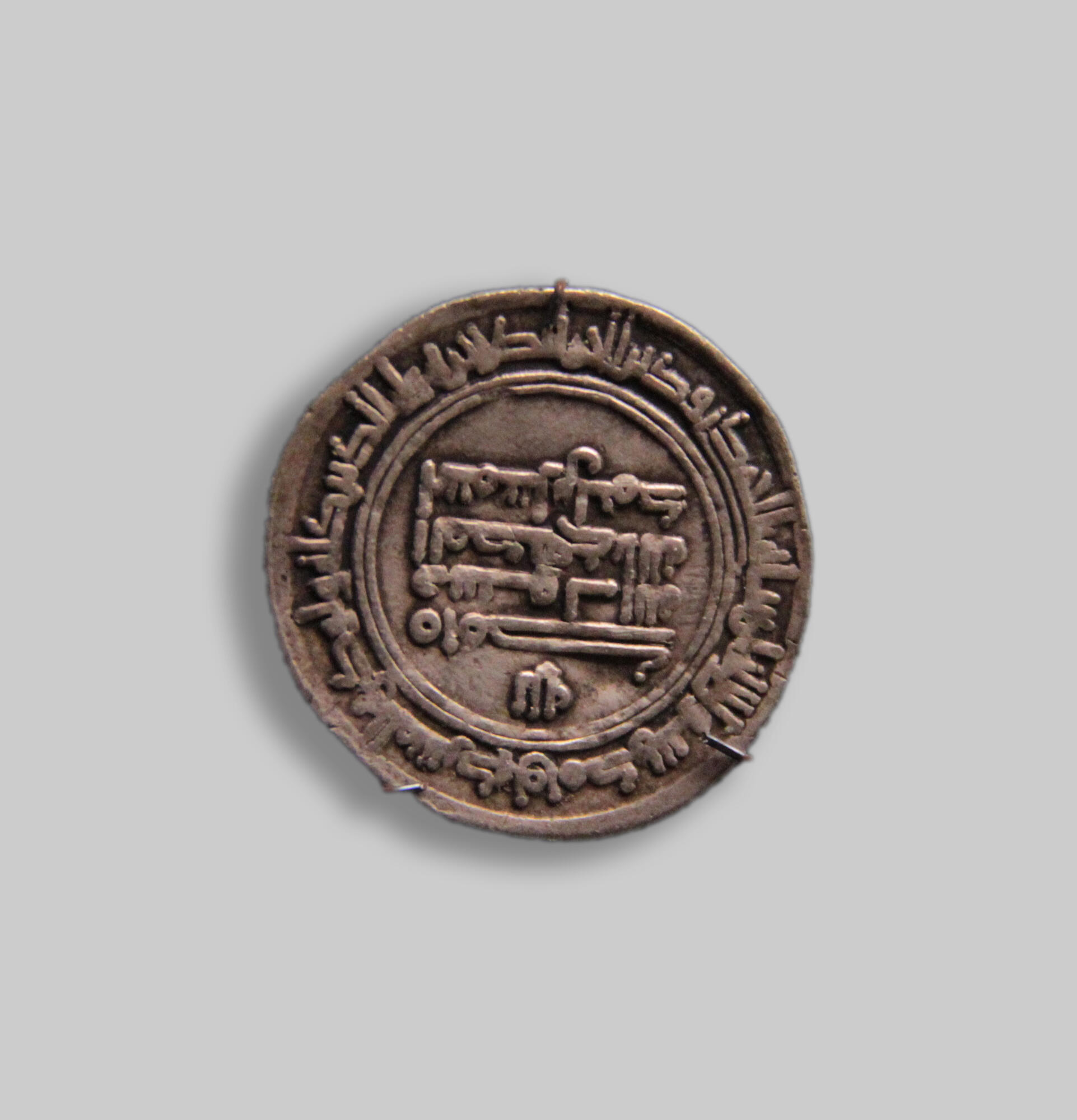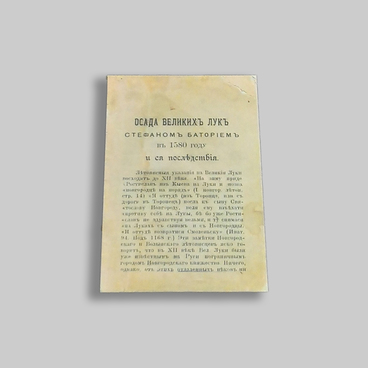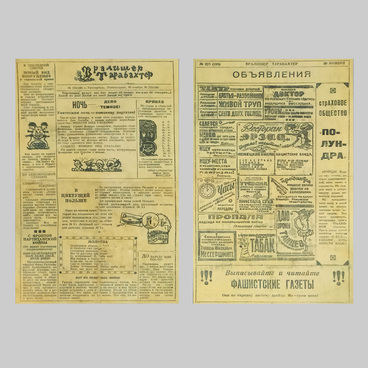The dirham, or dirhem, was originally an Arab silver coin, introduced into circulation in the late 7th century. The name is the Arabicized Greek word ‘drAchma.’
In the Middle Ages, the dirham was also minted in large cities along the Great Silk Road, including the states neighboring with the Caliphate. According to the canons of the Muslim religion, there are no images on the coins.
Initially, the inscriptions on the coins contained quotations from the Quran, the year according to Muslim chronology and the place of issue of the coin, later - the names of the rulers. These coins were called Kufic. Kufi is a special style of Arabic writing that arose in the Iraqi cities of al-Kufa and al-Basra at the end of the 7th century.
The Dirham quickly spread throughout the Arab Caliphate from Bactria to Spain. Due to significant size of the territory, as well as the duration of the minting period, there are many varieties of coins, differing from each other in shape, pattern, weight and fineness of metal. The average weight of most dirhams in the 10th century was about 3 g.
The period of the greater distribution of dirhams is 800-1012. At this time, the dirham as a trade coin penetrated on a massive scale into Eastern and Northern Europe and even England. At the end of the 8th century, as a result of the trade expeditions of the Scandinavian Vikings along the Volga, Dnieper and Don river basins, a massive influx of dirhams into Scandinavia and Scandinavian settlements in Eastern Europe began. The weight of the coins at that time was about 2.7 g: that is, their ratio to the grivna weighing 68.22 g was 25:1. Such a dirham is called kuna in written sources.
In the early 10th century, along with the 2.73 g dirhams, heavier coins weighing 3.41 g began to enter circulation. Such dirhams were worth 20 grivnas, and this coin in Russia began to be called nogata.
At the beginning of the 11th century, the Arab countries exhausted their silver sources; this led to the deterioration and degradation of the dirham. The silver crisis lasted for about two centuries and led to the emergence of the billon and copper dirhams.
In the 19th–20th centuries, 11 treasures were found in Velikiye Luki and the Velikiye Luki district. In the first treasure, two cauldrons with Arab coins were found. According to Russian historian and journalist Mikhail Semevsky, the treasure was found in 1802-1803. The fate of this treasure is unknown.
The Lovat River, which flows into Lake Ilmen, connects the Dnieper and Western Dvina basin with Novgorod. According to the Tale of Bygone Years, it was part of the trade route from the Varangians to the Greeks. The dirhams were donated to the museum in 1974 by Velikiye Luki resident Slava Petrov. This is one of the many cases of coins of various eras being found and brought by schoolchildren to the museum.
In the Middle Ages, the dirham was also minted in large cities along the Great Silk Road, including the states neighboring with the Caliphate. According to the canons of the Muslim religion, there are no images on the coins.
Initially, the inscriptions on the coins contained quotations from the Quran, the year according to Muslim chronology and the place of issue of the coin, later - the names of the rulers. These coins were called Kufic. Kufi is a special style of Arabic writing that arose in the Iraqi cities of al-Kufa and al-Basra at the end of the 7th century.
The Dirham quickly spread throughout the Arab Caliphate from Bactria to Spain. Due to significant size of the territory, as well as the duration of the minting period, there are many varieties of coins, differing from each other in shape, pattern, weight and fineness of metal. The average weight of most dirhams in the 10th century was about 3 g.
The period of the greater distribution of dirhams is 800-1012. At this time, the dirham as a trade coin penetrated on a massive scale into Eastern and Northern Europe and even England. At the end of the 8th century, as a result of the trade expeditions of the Scandinavian Vikings along the Volga, Dnieper and Don river basins, a massive influx of dirhams into Scandinavia and Scandinavian settlements in Eastern Europe began. The weight of the coins at that time was about 2.7 g: that is, their ratio to the grivna weighing 68.22 g was 25:1. Such a dirham is called kuna in written sources.
In the early 10th century, along with the 2.73 g dirhams, heavier coins weighing 3.41 g began to enter circulation. Such dirhams were worth 20 grivnas, and this coin in Russia began to be called nogata.
At the beginning of the 11th century, the Arab countries exhausted their silver sources; this led to the deterioration and degradation of the dirham. The silver crisis lasted for about two centuries and led to the emergence of the billon and copper dirhams.
In the 19th–20th centuries, 11 treasures were found in Velikiye Luki and the Velikiye Luki district. In the first treasure, two cauldrons with Arab coins were found. According to Russian historian and journalist Mikhail Semevsky, the treasure was found in 1802-1803. The fate of this treasure is unknown.
The Lovat River, which flows into Lake Ilmen, connects the Dnieper and Western Dvina basin with Novgorod. According to the Tale of Bygone Years, it was part of the trade route from the Varangians to the Greeks. The dirhams were donated to the museum in 1974 by Velikiye Luki resident Slava Petrov. This is one of the many cases of coins of various eras being found and brought by schoolchildren to the museum.



